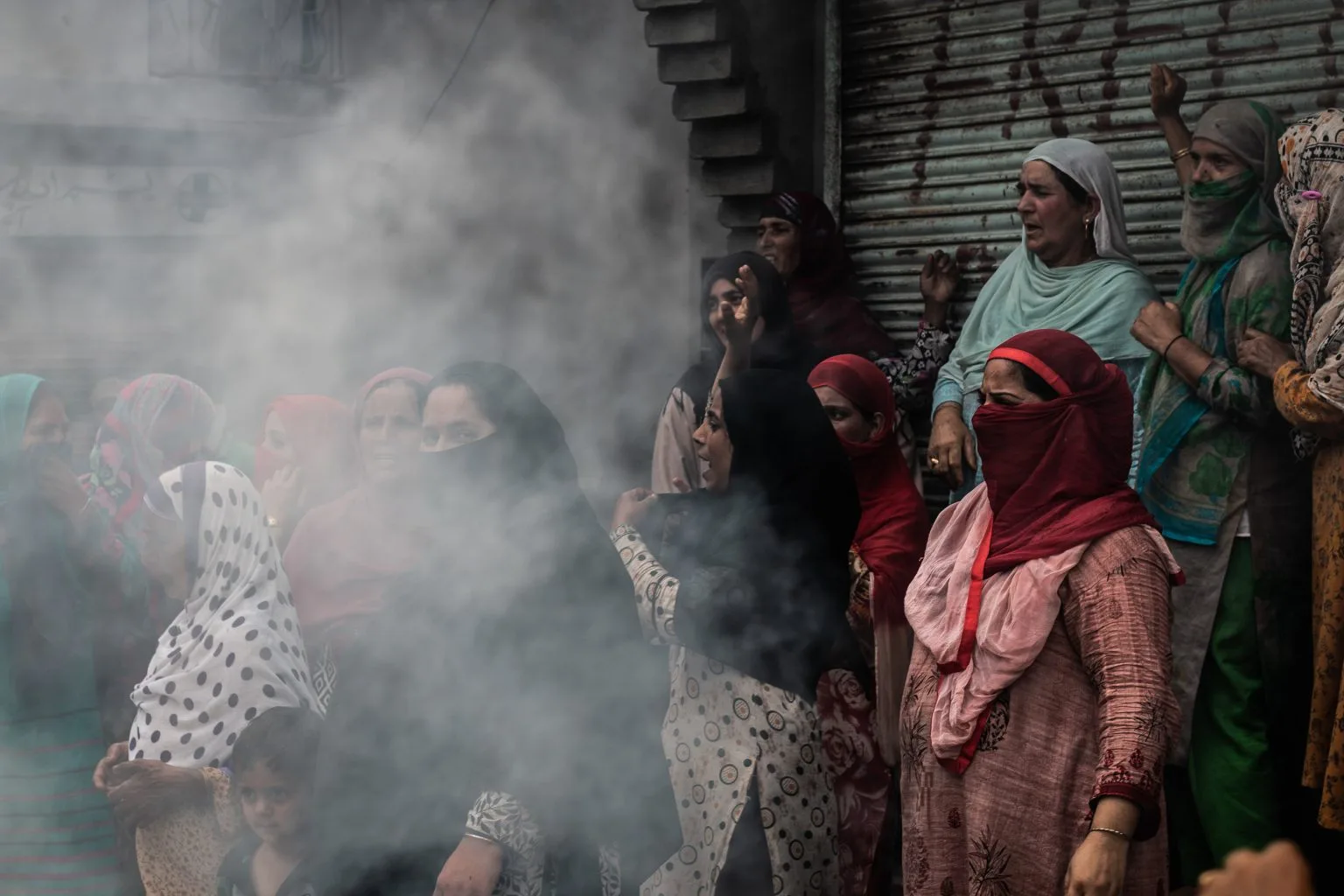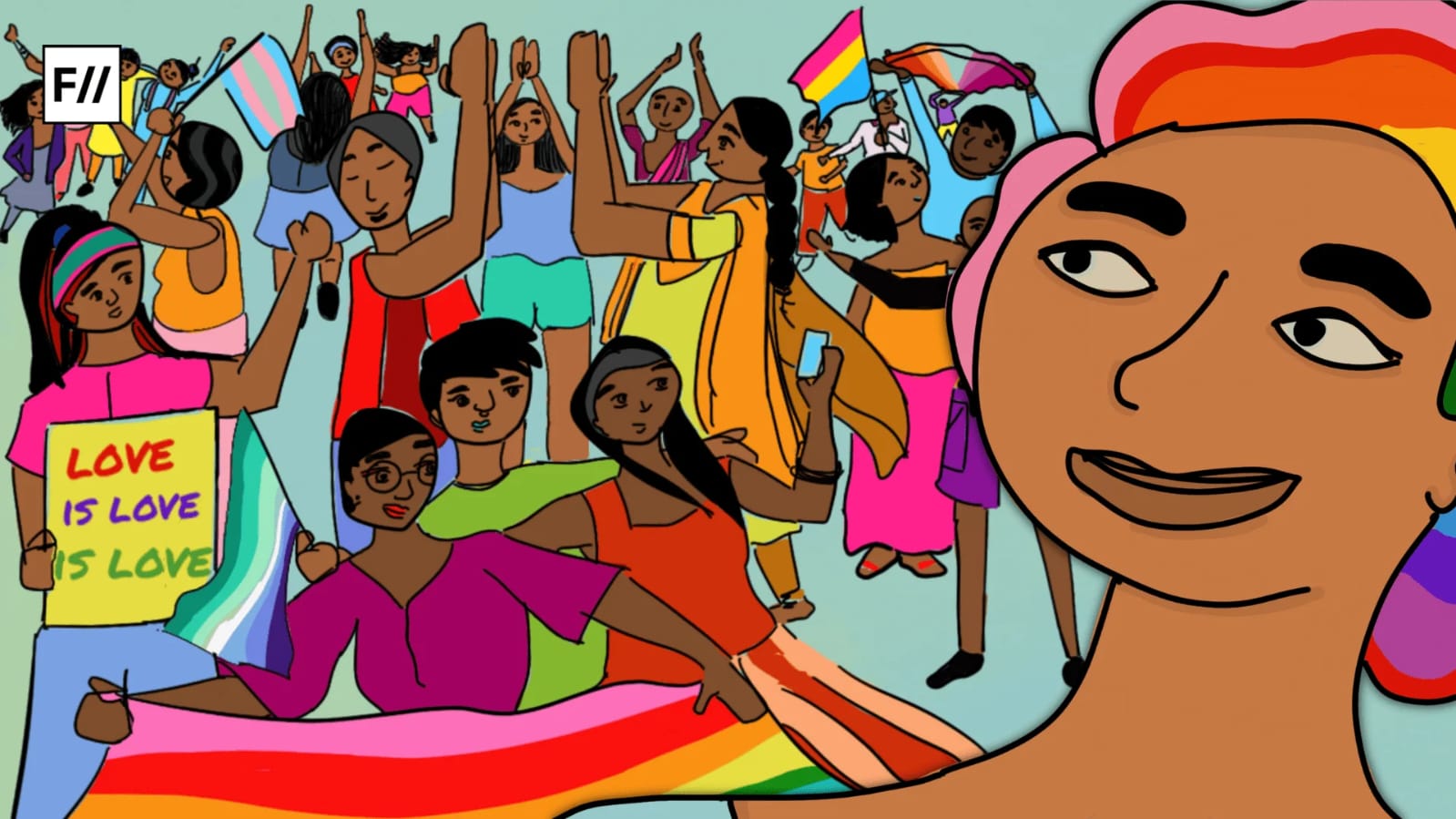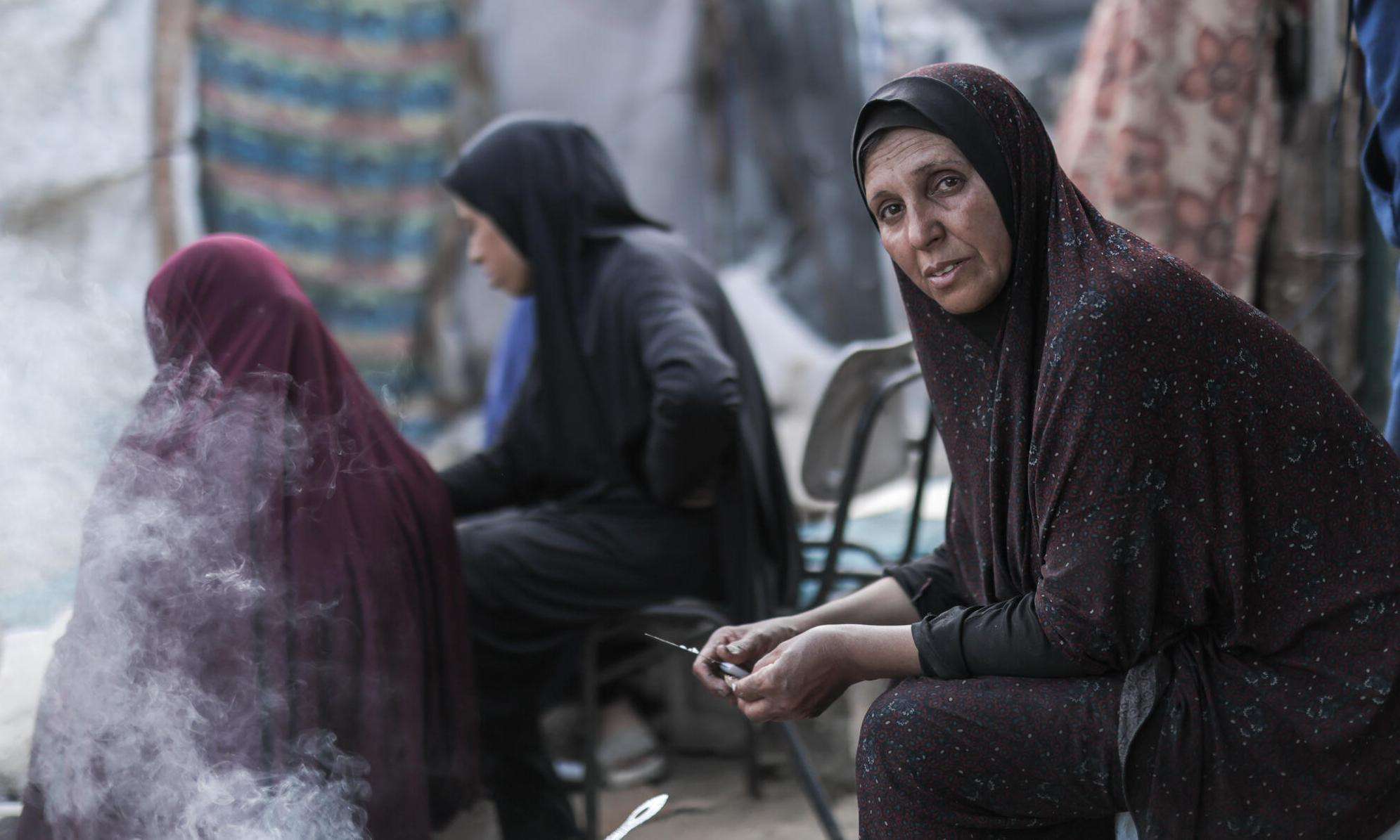In the days following the India–Pakistan war, public attention was gripped by air-raid sirens, mass drills, and the echo of nationalist rhetoric. With the ceasefire now declared, it’s time to look beyond the theatrics of conflict and confront a more critical question: whether our crisis response systems are built to protect everyone and was our response inclusive?
The answer matters, not just for those on the frontlines, but for every community forced to navigate the uncertainties of armed conflict without the protection, voice, or recognition they deserve.
Did our preparedness frameworks consider the realities for people with disabilities, or the unique vulnerabilities faced by trans and queer communities? Or did we reduce the idea of readiness to a checklist of bunkers, broadcast sirens, and bureaucratic drills?
These questions are not peripheral, they cut to the heart of who gets protected and who gets left behind.
Inclusion is not a luxury
Too often, discussions of inclusion in life-and-death situations are dismissed as idealistic distractions, framed as luxuries, as if recognising differences equates to favouring one group over another. Similarly, gender analysis is often misunderstood or reduced to a narrow focus on women’s rights, reproductive health, or gender-based violence.
But in reality, inclusion is not a side note, it is the bedrock of effective, humane, and resilient crisis response. A genuinely inclusive approach understands how crises affect people differently, based on gender, disability, caste, age, location, or socioeconomic status. It acknowledges that only by applying an inclusion lens can we design preparedness strategies that are grounded in a deep understanding of how social roles, access to resources, and vulnerabilities differ across communities.
For example, historically, women and girls have borne the brunt of displacement and disruption; men and boys have been coerced into combat roles; and queer and trans individuals have faced heightened risks of violence, invisibility, and exclusion during conflict.
Consider the stories of Shaila Negi, a young Hindu woman from Uttarakhand, and Himanshi Narwal, the newly-wedded widow of an Indian Army officer killed in Kashmir. In the face of unspeakable personal loss, both women rejected rage and called for calm and resisted communal hatred. What followed them was not support, but a coordinated campaign of trolling, rape threats, and character assassination. Their dignity became collateral in a public sphere increasingly hostile to any narrative that deviates from revenge.
Their dignity became collateral in a public sphere increasingly hostile to any narrative that deviates from revenge.
Their examples illustrate how conflict weaponises gender not just through violence, but also through narrative policing. Women often pay the price for this, as their voices and experiences are marginalised, their agency undermined, and their roles in both conflict and peacebuilding diminished in the larger narrative of war.
Lessons from a proven playbook
Globally, we’ve seen how conflict deepens existing gender inequalities. For example, in the Middle East, a 2018 report from the Eban Center, estimated a 600% rise in potential sex trafficking victims over recent decades, driven by ongoing conflicts and instability. In Gaza, a 2019 survey found that 29% of women reported experiencing psychological, physical, sexual, social, or economic violence by their husbands in the preceding year. Their suffering is often framed as collateral damage, rather than as a consequence of systemic gender inequalities that are exacerbated by conflict.
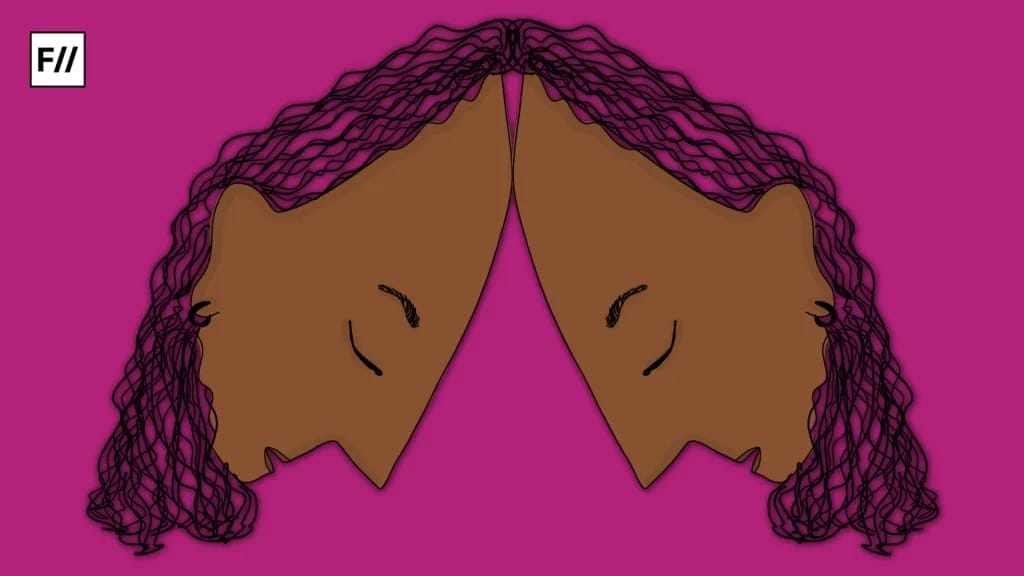
Back home, in militarised border regions like Poonch and Kupwara, women bear the brunt of curfews and checkpoints, facing heightened risks in accessing basic needs like water, healthcare, and education. These restrictions exacerbate their vulnerability, limit their mobility, and reinforce gendered disparities in their daily life.
The shortcomings in crisis response systems are further compounded by a glaring lack of inclusivity in early warning mechanisms. India’s existing systems, such as SMS, sirens, and radio broadcasts fail to account for the needs of the deaf, blind, or neurodivergent, leaving them behind during crises.
On May 7, disability rights advocate Nipun Malhotra filed a case with the Chief Commissioner for Persons with Disabilities, highlighting this oversight. Despite over 26 million Indians living with disabilities, recent national war drills failed to include any provisions for their safety. Globally, persons with disabilities are four times more likely to die in armed conflict or disaster as per the UN. Yet, our preparedness protocols do not even treat them as an afterthought.
Crisis is not gender-neutral, and neither should our response be.
Blueprints for resilience in times of conflict
To ensure inclusion in conflict settings, UN Security Council Resolution 1325 was adopted unanimously in October 2000, a landmark moment in global peace and security. It was the first time the Security Council formally recognised that armed conflict impacts all genders differently, and that all genders must be included at all levels of peacebuilding, conflict prevention, and recovery. In the years since, over 100 countries have developed National Action Plans (NAPs) to implement UNSCR 1325, operationalising gender-inclusive policies across their military, diplomatic, and humanitarian systems.
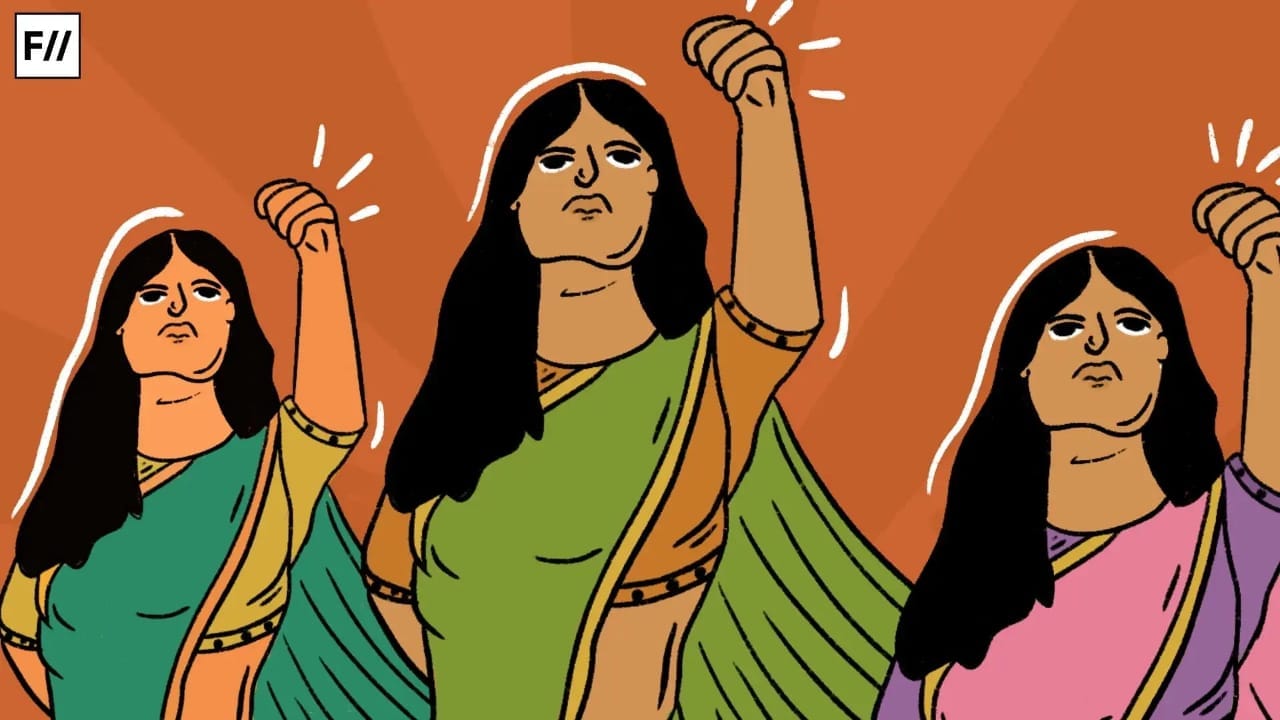
One of the clearest examples of UNSCR 1325 in action comes from Liberia, a country ravaged by two brutal civil wars between 1989 and 2003, which killed over 250,000 people and displaced more than a million. In 2019, Liberia adopted its latest National Action Plan (NAP), building on the legacy of the Women of Liberia Mass Action for Peace. Led by activists like Leymah Gbowee, thousands of Christian and Muslim women came together in nonviolent protest, putting sustained pressure on warlords and politicians. Their efforts played a pivotal role in bringing opposing sides to the negotiating table and ending the conflict.
Led by activists like Leymah Gbowee, thousands of Christian and Muslim women came together in nonviolent protest, putting sustained pressure on warlords and politicians.
Colombia offers another powerful example. Emerging from five decades of guerrilla warfare, the country made history by including women in the 2016 Havana peace talks with the FARC—one of the most gender-inclusive negotiation processes ever attempted. Since then, Colombia’s NAP has helped fund reparations for women survivors of sexual violence and supported their reintegration into public life.
These are not abstract ideals or Western templates. They are proven, homegrown models of how gender-sensitive peacebuilding can create more resilient, just, and lasting outcomes. India has much to learn—and much to gain—from following their lead.
India urgently needs its own inclusive crisis response framework, one that begins with a National Action Plan aligned with UNSCR 1325. This means deploying gender officers in conflict zones, designing inclusive drills and shelters, ensuring trauma-informed care, and bringing civil society voices, especially those from marginalised communities, into decision-making spaces.
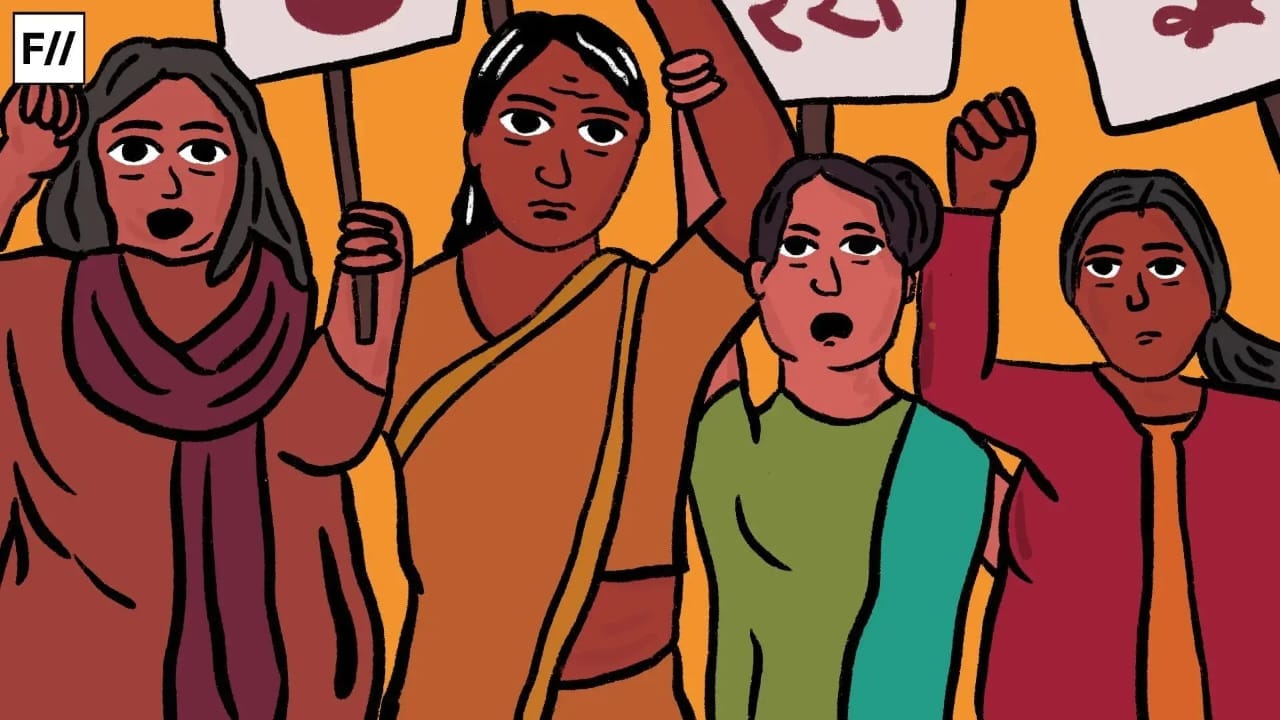
It means collecting disaggregated data, training gender advisers, and communicating emergency information in accessible, multilingual formats. If we can applaud women in uniform delivering press briefings during crises, we must also demand their presence at the negotiating table, when budgets are allocated, and recovery plans are shaped. Inclusion is not ideology. Inclusion is about good programming.

